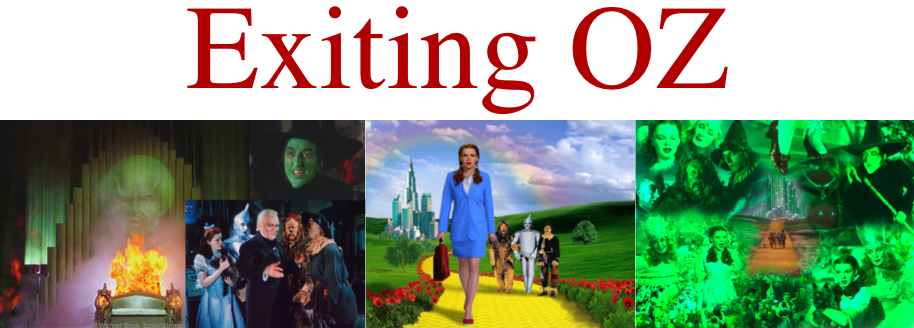A New Approach to Continual Improvement
Sherry Buffington, PhD
Continual improvement as it is typically applied is not really improving conditions in organizations, engaging employees or continually delivering the best results. There's a reason why, and understanding it can help leaders redirect their resources and get the outcomes they intend. To keep up with a rapidly changing climate, manage the storms that continue to brew between established workers and the new workforce, and produce consistently good results, continual improvement needs an update.
The 3 X 3 Formula™
After many years of research to understand why the continual improvement initiatives organizations typically employ frequently fall short of expectations, it became apparent that organizations were, by and large, focusing on the wrong thing.
There are two primary factors that produce stellar performance; skills and interest in the job. And, contrary to what most organizations believe and focus on, the more critical of the two factors is interest. Skills lead to excellence, but interest is what drives performance, and you cannot get to excellence without performance.
The Performance Matrix™ on page 60 of Exiting OZ was developed to show how skills without interest are of little value. Interest without skills does not produce stellar performers either, but interest provides a good starting point. The Performance Matrix™ in the book is a useful tool for determining how to get the best from each employee.
To direct overall improvement initiatives, I developed the 3 X 3 Formula™. Just as the Performance Matrix™ can help determine what an individual employee needs to be a top performer, the 3 X 3 Formula™ can help organizational leaders determine what to focus on for overall continual improvement.
The first 3 in the formula refers to the three aspects of the workplace that are absolutely essential for employee engagement. I call this set 3E (Employee Engagement Essentials). The essentials for employee engagement are (1) effective leadership, (2) healthy environment and (3) true job fit.
The second set is 3P, which refers to the results leaders can expect when they have the three "E" factors in place. The three "P" factors are Performance, Productivity and Profits. The formula is 3E = X 3P, which is to say that effective leadership, healthy environment and true job fit equal exponential growth in performance, productivity and profit; 3E leads to exponential growth in 3P.
Working from this formula, it's easy to see that continual improvement initiatives should not be focused on improving employee skills. Although job skills are important and today's workforce wants and expects relevant training to stay sharp, it is they who must decide what is relevant. What organizational leaders think is relevant is often irrelevant to employees and, when it is, they disengage. To learn and improve, people must first be interested in improving and engaged in the process. Interest and engagement are the products of 3E. Without these, no amount of training will get you to 3P and is largely a waste of time and money.
In most organizations continual improvement initiatives need to start at the leadership level, not with the employees. Leadership is the critical component to having the other two "E" factors in place. Without great leaders an organization is highly unlikely to have a healthy environment or initiatives in place to ensure that employees are placed in jobs where they can excel. By applying continual improvement to the 3Es first, good, and even ordinary, organizations will discover that they really are continually improving and steadily moving closer and closer to great!
